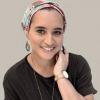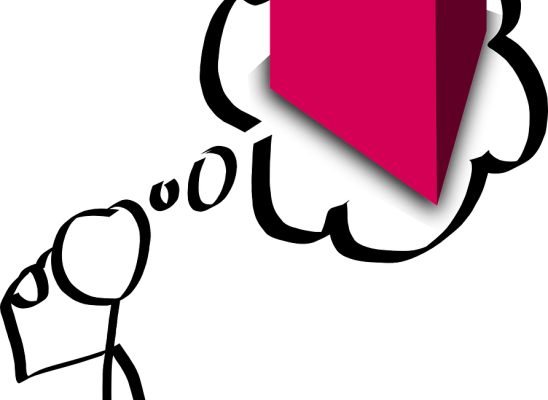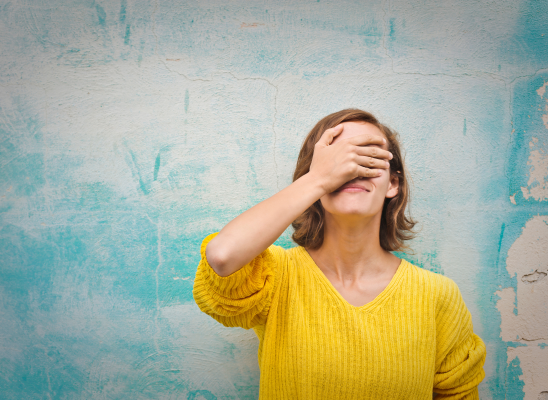Therapeutic Reflexology for Trichotillomania
Online test
Find out the severity of your symptoms with this free online test
While we don’t know exactly what causes trichotillomania, studies have shown that there is a link between anxiety and hair pulling. Many hair pullers report that the urge to pull often occurs at times of high stress, tension or anxiety. However, despite the fact that the act of hair pulling brings short term relief, the situation gets worse as one gets anxious when large portions of his or her hair that get lost due to the pulling. This creates a cycle of hopelessness as the sufferers try to resist the impulsive behavior without success. Overall, despite hair pulling being a way to relieve anxiety, it also creates more stress to the sufferers. The most effective form of treatment for body-focussed repetitive behaviours (BFRBs) is cognitive behavioural therapy (CBT). One of the methods in CBT is to identify the stimuli that triggers the urge to pull and then to find alternate responses to these stimuli. By this logic, if anxiety is a trigger for pulling, it stands to reason that activities that relief anxiety or promotes relaxation will reduce will reduce the urge to pick and be an appropriate alternate response to hair pulling.
Therapeutic Reflexology
Reflexology involves the application of appropriate pressure to specific areas of the ears, hands, and feet. The specific areas are believed to correspond to different body systems and organs. It is also believed that pressing has a beneficial effect on a personal’s general health and beneficial effects on the corresponding organs. For example, the edges of the feet are believed to correspond to the hands and the feet. When appropriate pressure is applied on these areas, it positively affects the performance of the hands and the legs. This kind of therapy is used to complement treatment of several health problems around the world. It is also one of the successful therapies against disorders brought about by anxiety and stress including trichotillomania.
What does it entail?
A reflexology session lasts for about forty minutes to one hour with an aim of increasing the body’s state of relaxation. There are seven major points, which have a beneficial effect on different organs of the body and enhances relaxation. In the left sole, the big toe corresponds to the hypothalamus gland that controls the appetite and pituitary gland, which controls the hormonal balance in the body. A strip just below the toe all the way to the arch of the foot corresponds to the thyroid gland that balances the body metabolism. The midpoint of the edge of the arc has a point that corresponds to solar plexus relaxing the breathing and reducing the stress. The point also helps the functionality of the diaphragm. The lower part of the foot arc has a point that corresponds with the adrenal gland, which increases energy by burning off the calories. The lower midsection of the foot all the way to the edge of the arc works with the urinary tract while the lower part of the foot is pressed to relieve bloating the colon and the small intestines. The areas on the foot, which correspond to the body organs, may differ from a reflexologist to the other; however, there is general agreement on the organs that the session assists.
How can reflexology help with trichotillomania?
For the trichotillomania sufferer, reflexology offers an alternate way to deal with stress. Over time, the pressing of the specific areas of the foot effectively enables the body to relax and feel free. This way the urge to pull the hair due to stress is greatly reduced. Moreover, the reflexologist may teach the patient some self-reflexology techniques that he or she can apply alone at home. There are other alternative techniques that can be used together with reflexology to bring about the relaxation of the body. Theese include mindfulness and meditation, as well as deep breathing techniques where the individual focuses on the entering and leaving of the air from the body calming down the body. Another alternative therapy related to reflex is Reiki. This is based on the principle and belief that energy can be transferred and that negative energy contributes to tension and stress we experience. Reiki practitioners pass energy to their patients and help them maintain the feelings. All the alternative methods of treating trichotillomania can and should be performed alongside other forms of treatment such as CBT.
Online test
Find out the severity of your symptoms with this free online test
Start your journey with TrichStop
Take control of your life and find freedom from hair pulling through professional therapy and evidence-based behavioral techniques.
Start Now



